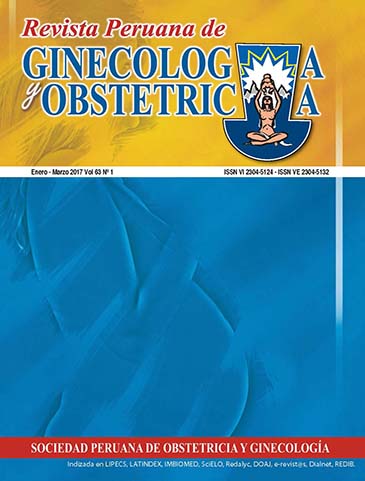Editorial
DOI:
https://doi.org/10.31403/rpgo.v63i1957Abstract
Since we last wrote about Zika virus infection and findings in pregnant women and their children(1,2), news have been nothing but frustrating. Infection in adults is usually mild or asymptomatic, except for the association with the Guillain Barré syndrome(3). The neurologic repercussions of Zika infection during gestation on the fetus are worrying. This is the reason for an update on the Zika disease in Peru in this issue, written by gynecologists and obstetricians with experience in this pandemic in our country. Miguel Gutiérrez writes in his presentation “Zika virus infection and reproductive health” that the Peruvian Society in Obstetrics and Gynecology endorsed the declaration of the Latin American Federation-FLASOG Sexual and Reproductive Rights Committee concerning the possibility of not being able to prevent pregnancies in areas of risk of Zika infection, mainly northern and central Peru, and Lima. Aedes aegypti mosquitoes are prevalent in this region. Also, during this summer of 2017 (winter in North America), a Coastal El Niño phenomenon (“El Niño Costero”), consisting consisting in heavy rains, floods and “huaycos” (landslides of mud and rock), has caused human deaths, has blocked highways and regional roads, and has inundated and destroyed cultivated fields. The intense heat, rains and puddles bring an alert on the appearance of cases of Zika, dengue, chikungunya, cholera and malaria, among others.Downloads
Download data is not yet available.
Downloads
Published
2017-04-19
How to Cite
Pacheco-Romero, J. (2017). Editorial. The Peruvian Journal of Gynecology and Obstetrics, 63(1), 5–10. https://doi.org/10.31403/rpgo.v63i1957
Issue
Section
Editorial
















